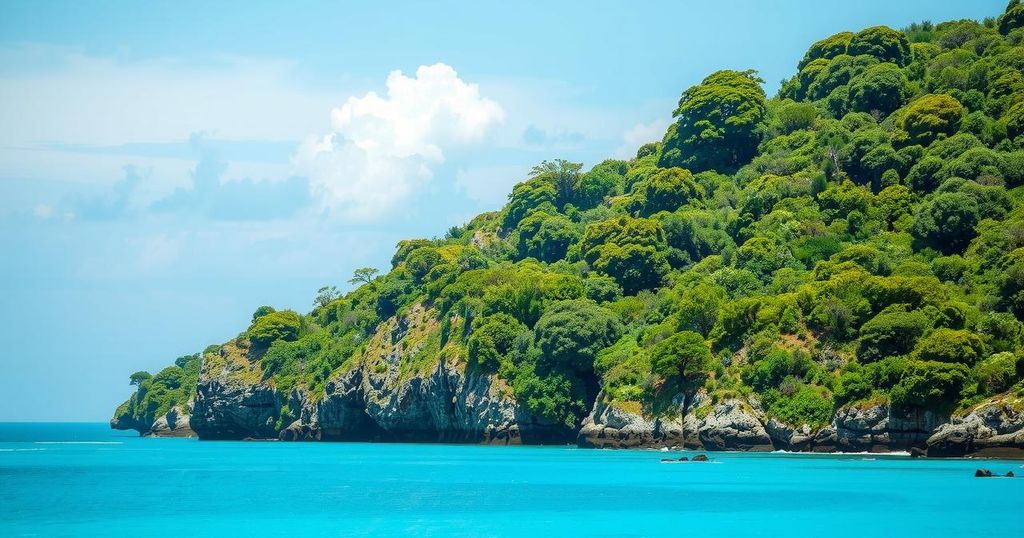Mayotte is an overseas department of France, located in the Mozambique Channel, known as the poorest territory in France and the EU. The island has a population of approximately 338,100, primarily of Malagasy origin, with Sunni Muslim majority. The economy relies on services and agriculture, while governance remains a contentious issue with Comoros. Recent events, including Cyclone Chido, highlight the region’s vulnerability to natural disasters and economic hardships.
Mayotte is an overseas department of France, comprising the two southeasternmost islands of the Comoros archipelago. It is positioned in the Mozambique Channel of the western Indian Ocean, approximately 190 miles northwest of Madagascar. Mayotte, recognized as the poorest territory within France and the European Union, encompasses an area of 144.5 square miles (374.2 square km), with its capital located in Mamoudzou on the main island, Grande Terre. The smaller island, Pamandzi, is connected by a causeway to the town of Dzaoudzi, which serves as a port.
The island’s geography includes a volcanic mountain range running north to south, with elevations ranging from 1,600 to 2,000 feet. Protected waters formed by coral reefs enhance local fishing and shipping opportunities. The climate is warm and humid, with average monthly temperatures fluctuating from 75 °F in August to 81 °F in December, and an average annual rainfall of 200 inches. The lush evergreen tropical forests define the island’s vegetation.
As of 2025, the estimated population of Mayotte is 338,100, with a high population density of 2,347.9 persons per square mile. The head of government is Prefect François-Xavier Bieuville, while Ben Issa Ousseni serves as the President of the Departmental Council. The official language is French, with a local dialect, Mahoré, spoken by the majority. The island’s political status has been contested by Comoros since its declaration of independence in 1975.
Mayotte’s demographic predominantly consists of Mahorais of Malagasy origin. The majority are Sunni Muslims, influenced by French culture, while a minority adheres to Roman Catholicism. The population is primarily young, with over two-fifths under the age of 15. The core urban centers include Mamoudzou, Koungou, and Dzaoudzi, with a slight majority of residents living in rural areas.
Economically, the service sector is the primary source of employment in Mayotte. Agricultural activities are mainly focused in the central and northeastern plains, producing cash crops such as vanilla and ylang-ylang, alongside subsistence crops like rice and bananas. Mayotte relies heavily on metropolitan France for trade and financial support, importing food products and machinery.
In conclusion, Mayotte’s status as an overseas department of France has shaped its unique demographic and economic landscape. The island’s geographical features, cultural influences, and historical context underscore the complex relationship with its neighboring Comoros, amidst ongoing challenges such as poverty and natural disasters like Cyclone Chido. A focus on enhancing the local economy, infrastructure, and disaster preparedness will be essential for the future well-being of Mayotte’s population.
Original Source: www.britannica.com




